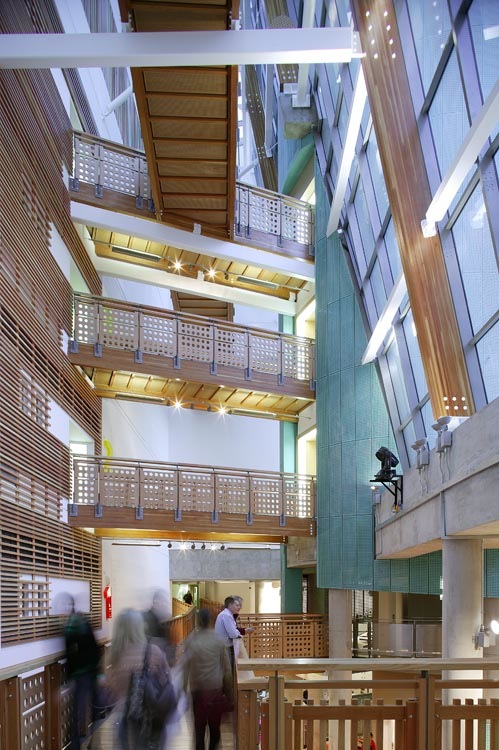In 2019 I worked with Rob Bruinzeels and Joyce Sternheim, members of the Dutch Ministry of Imagination, to start putting together a website that we called the library of the senses. The idea was to develop a multi sensory approach to design for libraries and to start to explore what this might have to offer.
The importance of the senses cannot be overemphasised. It is the interaction of our many senses that drives our emotions and it is through the sharing of our emotional states that we construct shared identity and community. Any library, public or academic, that ignores the diversity of the range of human senses in the experience that it provides, risks losing that sense of community that is at the heart of all great libraries.
The senses are both part of our biological system for survival and the system through which we experience enjoyment and fulfilment. It is not my intention here to explore the underlying physiology of the senses in great detail. The biological complexity of each sense organ and the neurons and synapses that connect it to the central nervous system, combined with the many hormones that create the chemical environment in which it functions, makes for a system of immense complexity. That the central nervous system receives information from all of these organs simultaneously and that the sense organs are not single entities but present in number – from two to thousands – enables infinite possibility and complexity of ‘sensing’. Add to this that some sense organs are not simply sensors but also effectors, the sense of touch for example enabling fine movement and manipulation, brings a new dimension to the overall system of the senses.
Amazingly when planning a new build or redevelopment, at least initially, our attention is focused primarily on the visual sense. As we develop more knowledge about how the other four senses of taste, touch, smell and hearing operate and interact to influence our perception of space more holistically, there is an opportunity to develop an approach to the architecture of libraries that could become even more interesting and appealing. Such potential may enable us to design spaces that relate more closely to the moods, needs and emotional states of those using the library affecting how they perceive each of the spaces created perhaps developing a real sense of connection between the person and the space. The least we should expect, if we take a perspective that embraces all of the senses, is that we are able to develop more interesting spaces and places in our libraries, with greater diversity, and consequently wider appeal to more people for more of the time they are in the building. To be clear this is not a 1984 style attempt to distil the features of the building to a single model, as it does not assume a universal appeal of every design feature to every individual user, but is a sort of ‘appeal to some users all of the the time and all the users some of the time approach’ that seeks to elevate the overall experience for every user. Clearly time is also a factor as we engage with the wider range of senses we must acknowledge the attenuation of sensory perception – the coffee smells good to many users but usually not all of the time.
By contrast the most we might achieve is to provide a variety of multisensory combinations and permutations in the environments that we create that induce a wider spectrum of feelings. As Ingrid Fetell Lee says in her book Joyful – “we are reminded that we are architects of our own delight”. Through the way we design, configure and dress our spaces we impact that wider range of senses (other than just sight and hearing as is so common) perhaps resulting in a sense of joyfulness, a sense of achievement, a sense of fun and a sense of belonging for those that use the space.
The best way to deal with the inherent complexity of this approach is to fall back on ideas about what works, what have libraries (and other organisations and environments) already done that, possibly inadvertently, play to a wider range of senses? What can we learn from these examples? Can they be extended, combined, reduced (and be more effective as a result), or developed in other ways? And are there opportunities that have not yet been explored? In the design of the Saltire Centre we had a yearning to embrace the idea of joyfulness and did include a wide range of graphics and sounds and to some extent different surface textures but I recognise now that there was and is much to be discovered and learned on this topic – that discovery and learning is what is at the heart of the idea of the Library of the Senses.
If this section has got you interested then head over to the library of the senses website for more.
